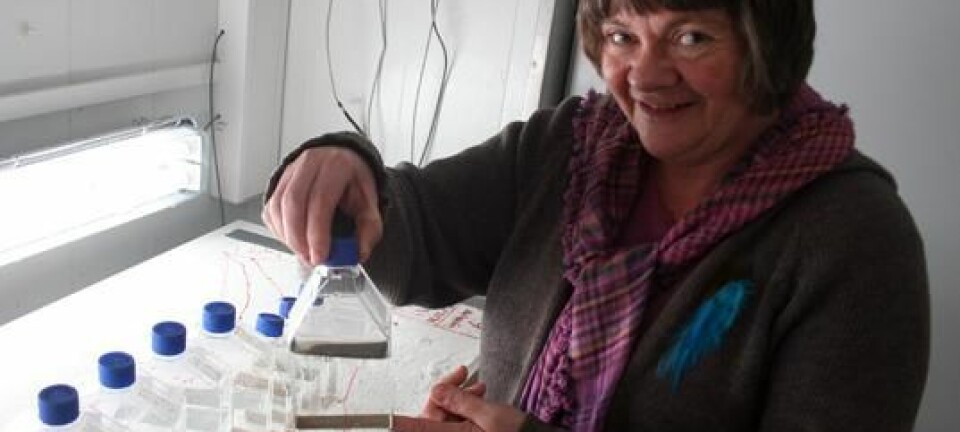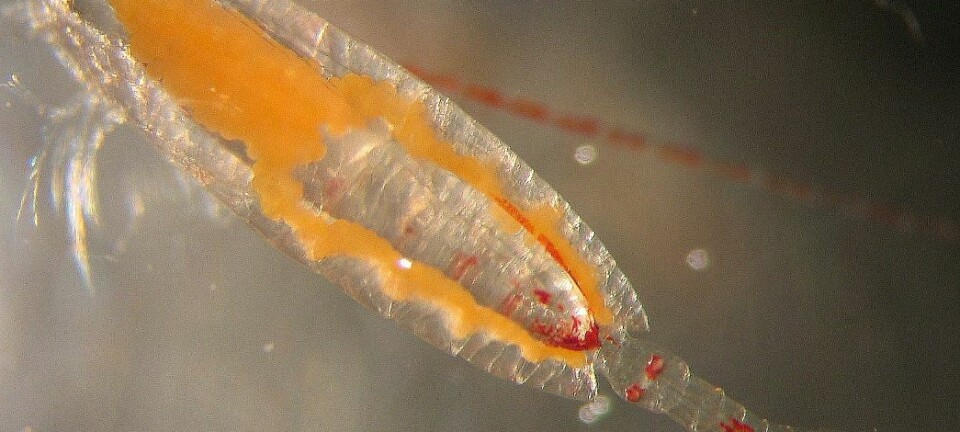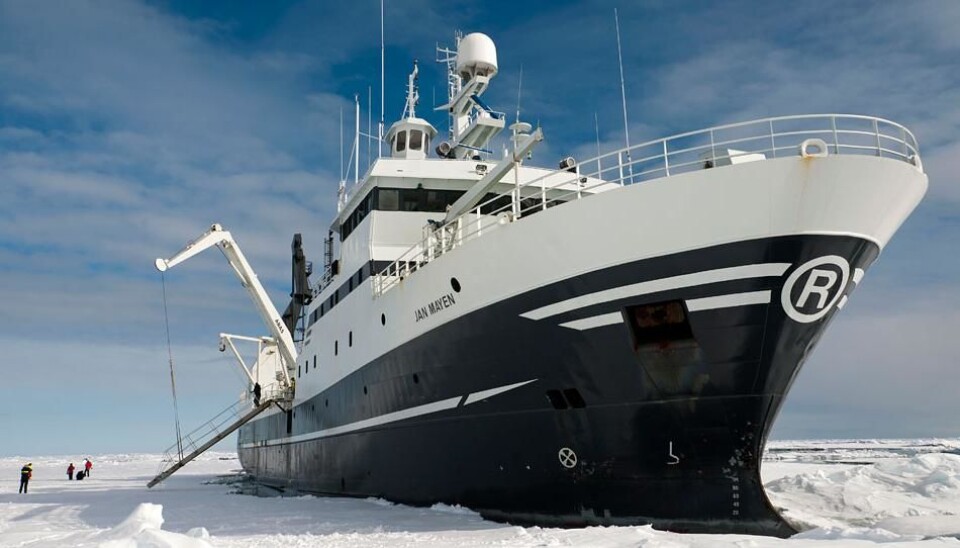
A Klondike cold rush
They are tiny, they are tough, and they can survive winters in the Arctic Ocean. Now their genetic material is being fed to computers. The output is calculations that will enable you to wash your clothes in cold water.
Denne artikkelen er over ti år gammel og kan inneholde utdatert informasjon.
Last summer when the research vessel Helmer Hansen sailed toward the ice packs north of the Svalbard Archipelago, the scientists on board were searching for life that is invisible to the naked eye.
Millions of microorganisms live in every drop of the Arctic seawater. Others are found in the sediments on the sea floor. Even more live inside the guts of fish and other sea creatures.
These bacteria harbour knowledge about survival in cold waters – capabilities they’ve inherited through their genes.
Frigid gold of the sea
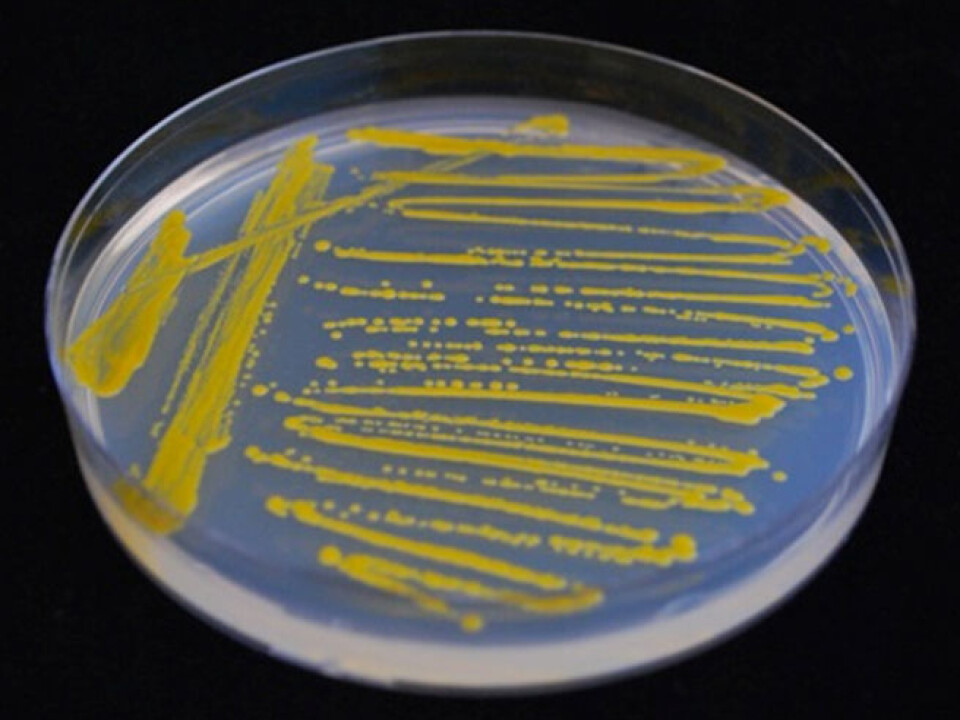
Such genetic material is like Klondike for Gro Bjerga and her colleagues. Where others look through their microscopes and see a freak show of miniature critters swimming around, she sees a veritable mother lode of nucleic acids – the letters in the DNA alphabet.
“We call this bio-prospecting,” says Bjerga. She works in the Tromsø division of the Norwegian-Swedish research project MARZymes.
Gold prospectors in Alaska washed sand in pans and found flakes of gold. Bjerga uses computer programs to wash data about the DNA of microorganisms, and finds gene sequences that are worth way more than their weight in gold.
“We’re searching for special proteins that accelerate chemical reactions,” she says.

Turn down the thermostat
These proteins are called enzymes. Most of us are familiar with enzymes from powdered and liquid laundry detergents. These enzymes speed up chemical reactions that break down fats and proteins, for instance the chicken curry you spilled on your blouse.
But the enzymes themselves are not depleted in the process. They can be re-used after the chemical reaction is complete.
“Such substances are called catalysts, says Bjerga. We can reduce the use of chemical substances because enzymes are recyclable. And they’re more environmentally friendly than many other chemicals because they are biological.
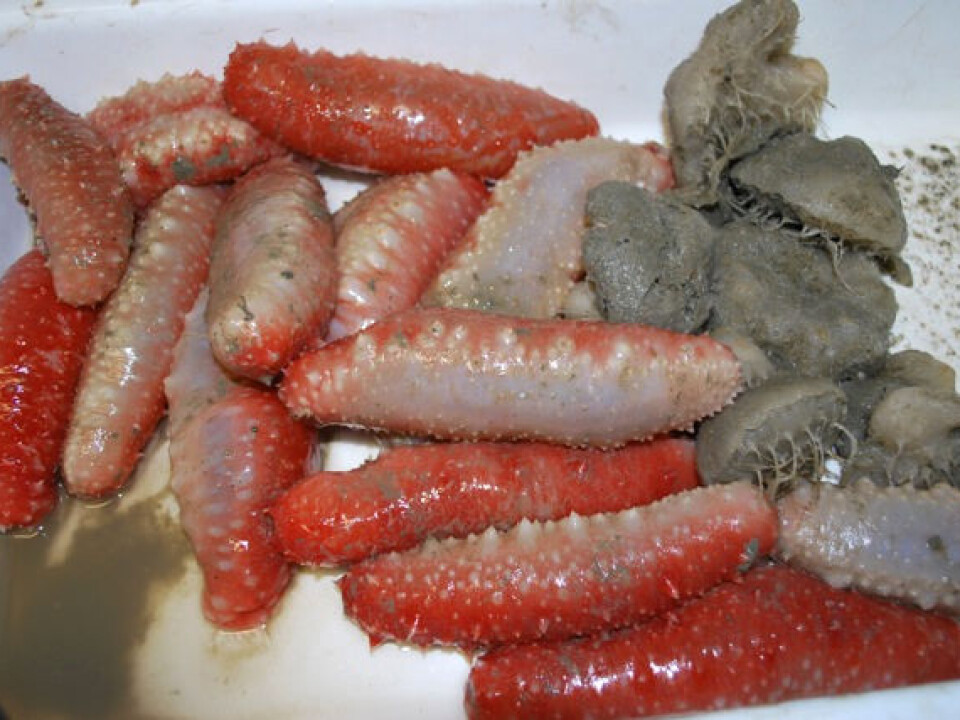
Enzymes from the bacteria in the Arctic Ocean boast another green feature: They can do the job at lower temperatures. And lower temperatures means energy saved.
“In the long run our research will enable the production of detergents with cold-adapted enzymes known as lipases. They will probably make the laundry clean at 30° C, while today’s chemical-based detergents often need 60°,” says Bjerga.
Already in use
Another hope for cold-adapted enzymes is in preservatives. Think of fish staying as fresh in the refrigerator as they do in the freezer.
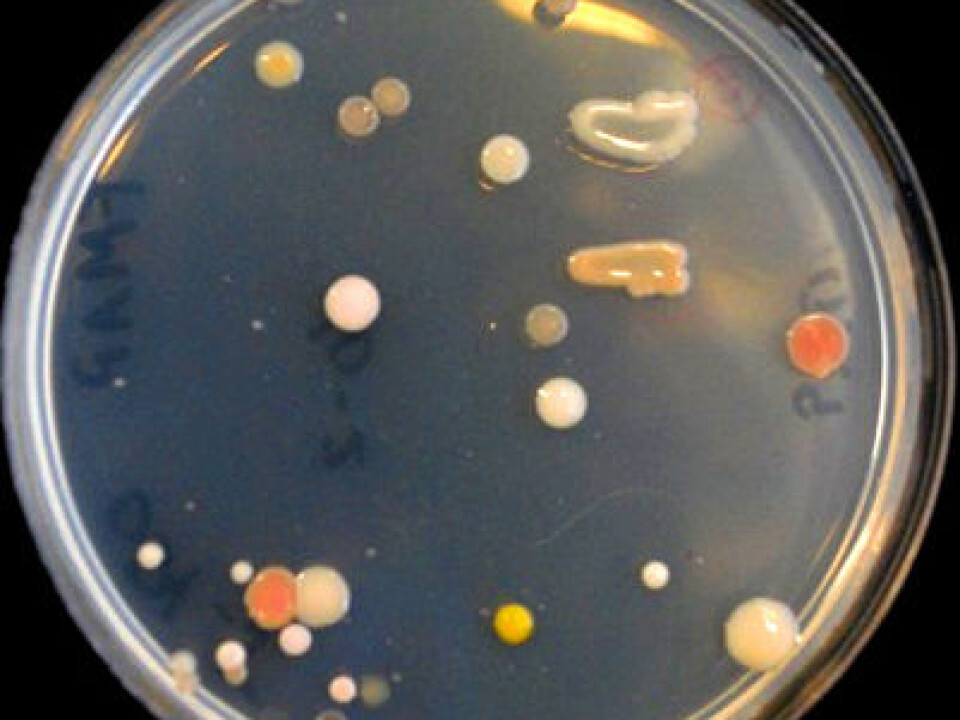
The production of bio-fuels from organic material such as kelp or waste products of forestry can rocket with the help of the new enzymes.
Cold-adapted enzymes are already being commercially exploited. MARZymes cooperates with a firm called ArcticZymes. They have millions in turnover, in part because of an enzyme they have extracted from the juice of prawn or shrimp peels.
“Biochemical laboratories and industry use this enzyme to snip off and re-attach segments of the genetic material DNA,” says Bjerga. The genetic gold rush, or cold rush, in the Barents Sea and Arctic Ocean has already started as far as she is concerned.
Further north than ever
In the summer of 2011 researchers took samples in the marine areas that are normally covered by ice. The research vessel Helmer Hansen travelled further north than ever before, because the edge of the polar ice pack had receded much further than usual in the late summer.
The samples are now in the laboratory of the new Barents BioCentre, where the Tromsø division of MARZymes is now located.
Biodiversity of display
Some the bacteria are cultivated in petri dishes at lower temperatures than normal. Then their genes are sequenced.
But only a small share of the microorganisms can be cultivated in this way. Scientists simply don’t know what kind of nutrients and other conditions most of these microorganisms need in order to grow in petri dishes.
“We estimate that more than 95 percent die,” says Bjerga. But help is at hand with new technology.
The method is called metagenomics and uses computer software to construct models of their genetic material.
This provides another advantage. The DNA of a cultivated bacteria culture is pretty homogenous. The new method enables scientists to study a larger diversity of microorganisms.
“We look through the genes to see whether any of them stand out as more interesting. Do the genes code for any proteins that we haven’t seen before? Do these proteins have another use? If so, we go to work in the laboratory,” says Bjerga.
She expects these calculations of new, cold-adapted enzymes to make the city of Tromsø the hottest Klondike in Norway for bio-prospecting.
“Biotechnology comprises more than six per cent of the GDP in Canada. This equates to NOK 450 billion (€60 billion) or slightly less than half the national budget of Norway’s state budget. AtMARZymes we are already off to a good start,” she says optimistically.
--------------------------------
Read this article in Norwegian at forskning.no
Translated by: Glenn Ostling







